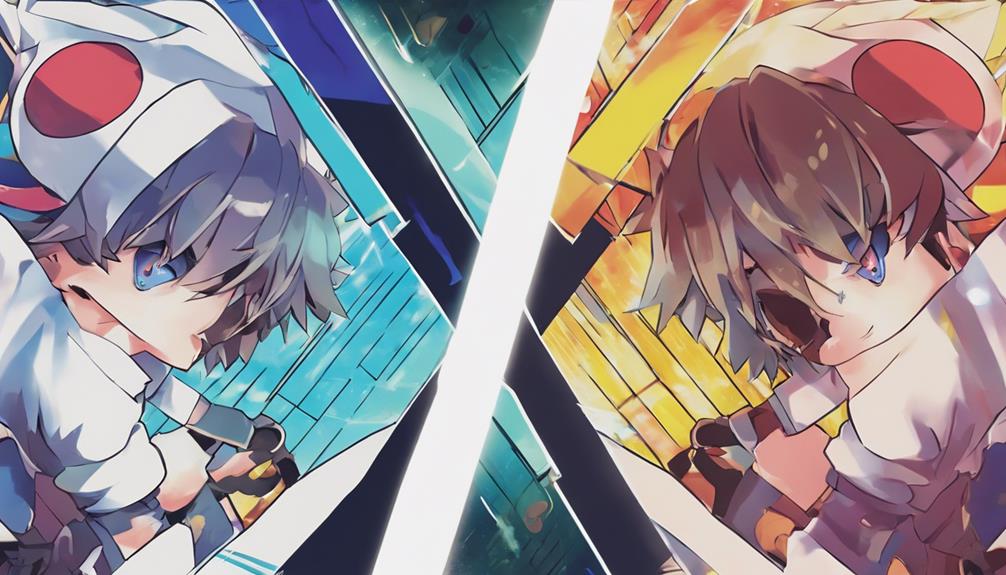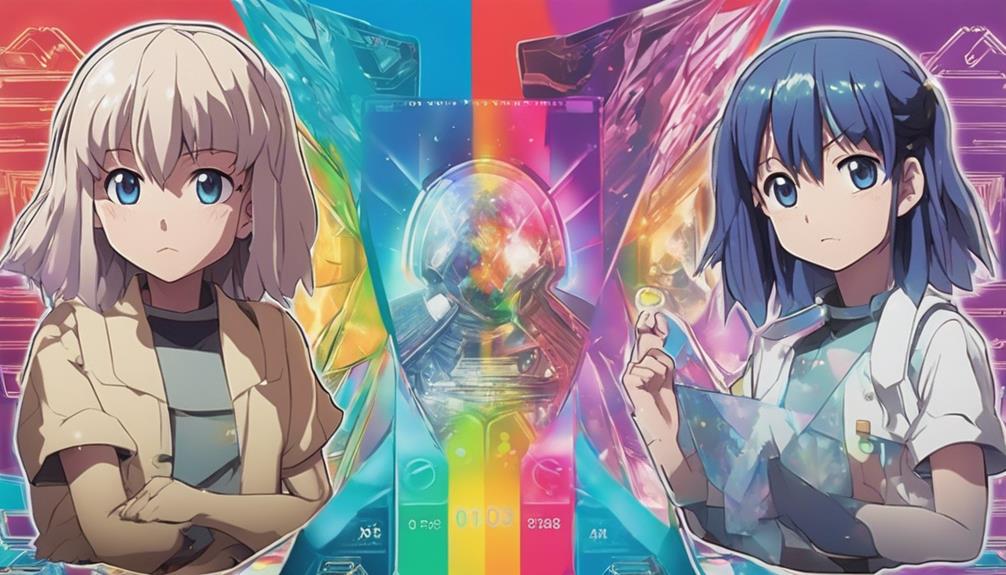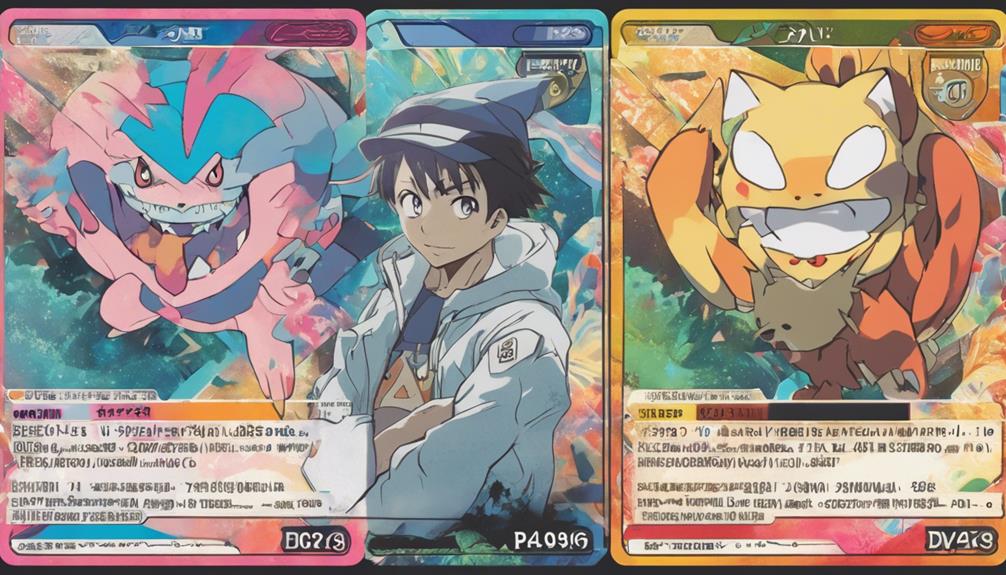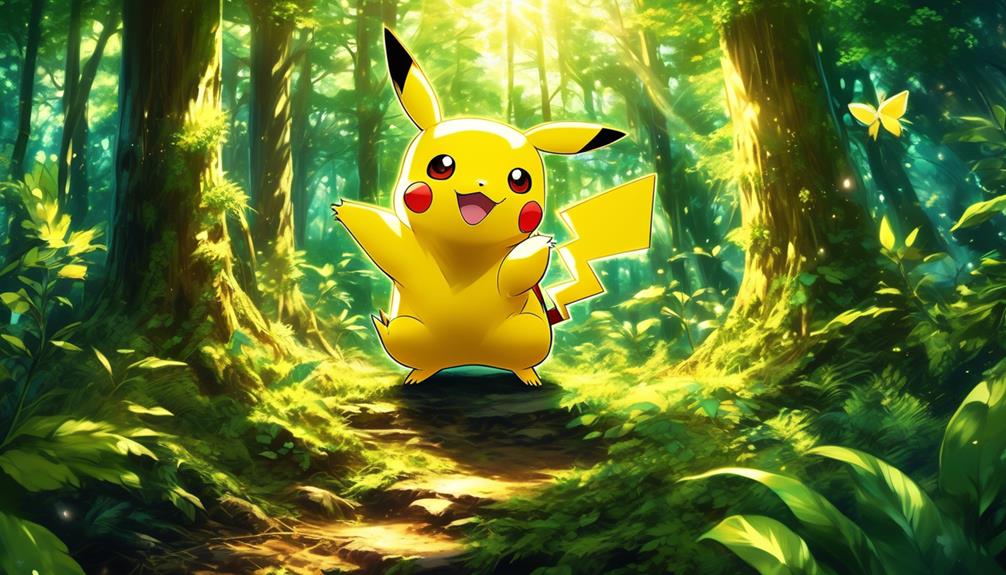When scrutinizing a Pokémon card's authenticity, start by inspecting its design elements, such as font style, letter sizing, and symbol placement, for consistency. Check for misaligned symbols, printing quality, and minor discrepancies. Verify authenticity markers like rarity symbols, foil, and cardstock quality. Be cautious of blurry or pixelated printing, and examine the card's physical properties, like texture and rigidity. If you're still unsure, research the card's value using reputable pricing guides and consult experienced collectors. By taking these steps, you'll be well on your way to separating the genuine from the fake – and there's even more to discover.
Inspecting Card Design Elements
When scrutinizing a Pokémon card, start by examining the design elements, as even minor discrepancies in font style, letter sizing, or symbol placement can be a dead giveaway of a fake.
You'll want to inspect the card's design closely, paying attention to the font style, letter sizing, and symbol placement. Check if the font style is consistent throughout the card, and if the letter sizing is proportionate to the rest of the design. Symbol placement is also important, as fake cards often have misaligned or poorly positioned symbols.
Don't forget to flip the card over and examine the card back, looking for any inconsistencies in the design, such as poor quality printing or off-center details. By scrutinizing these design elements, you'll be well on your way to determining the authenticity of your Pokémon card.
Checking for Authenticity Markers
You'll need to scrutinize your Pokémon card for specific authenticity markers that can make or break its legitimacy. Fake cards often lack the attention to detail that genuine cards possess. Look for spelling mistakes or grammatical errors, as these are common indicators of a fake. Verify the set symbol and number on the card to confirm it matches genuine Pokémon cards.
Examine the card's physical characteristics, such as its rigidity, foil, color quality, and borders blending into the card. Check the design elements like the card back, front, text, rarity symbols, and holographic pattern for discrepancies. Fake cards often have subpar design elements that can be easily spotted.
Make sure the card has quality indicators like high-quality cardstock, glossy finish, vibrant artwork, specific rarity symbols, and a consistent texture. By carefully inspecting these authenticity markers, you can increase the chances of identifying a fake Pokémon card.
Examining Printing Quality Issues

Your Pokémon card's printing quality can be a dead giveaway of its authenticity, as fake cards often exhibit telltale signs of subpar printing. When examining your card, look for blurry or pixelated printing, especially in the card art or text. If the printing is unclear or misaligned, it could be a fake one. Real cards have sharp, crisp printing, so any blurriness or lack of detail is a red flag.
Check the coloring of the artwork, too. Inconsistent or faded colors are common issues in fake cards. A good, real card will have vibrant, even coloring. Be cautious of cards with smudged or unclear images, as this is a sign of poor printing quality. Authentic Pokémon cards are printed with high-quality ink and paper, resulting in clear, detailed images.
If your card's printing looks subpar, it may be a fake. By carefully examining the printing quality, you can enhance your chances of spotting a counterfeit card and make sure you're adding only genuine cards to your collection.
Identifying Suspicious Card Features
As you examine the Pokémon card, you'll want to scrutinize its features to identify potential red flags.
You'll need to inspect the card's physical properties, such as its cardstock and texture, as well as its printing quality, to verify they match authentic cards.
From there, you can investigate the hologram's authenticity, which can be a key indicator of a fake card.
Cardstock and Texture
The cardstock and texture of a Pokémon card can be a dead giveaway of its authenticity, and a close inspection can reveal subtle differences between genuine and fake cards. When you hold a genuine Pokémon card, you'll notice it has a smooth, glossy finish, and the cardstock feels sturdy and high-quality.
Fake Pokémon cards, on the other hand, may feel flimsy or have uneven edges. The texture of an authentic card is consistent and smooth, whereas fake cards can feel sticky, rough, or waxy to the touch.
Be cautious of cards with borders that blur into the card art, as this can indicate lower quality materials and printing processes. Genuine cards have a certain rigidity and weight to them, which is often lacking in fake cards due to inferior materials.
When in doubt, compare the card's material, texture, and rigidity to a known authentic card. This simple test can help you identify potential fakes and make sure you're adding only genuine cards to your collection.
Printing Quality Issues
Inspect the card's printing quality closely, as fake Pokémon cards often exhibit telltale signs of subpar printing, including blurry images, off-center printing, or faded colors. When examining the card, look for discrepancies in color consistency, sharpness of details, and alignment of elements on the card.
Suspicious card features like smudged text, incorrect fonts, or pixelated images can indicate a fake Pokémon card. Pay attention to the overall print quality, including borders bleeding into the card art or a washed-out appearance. Real Pokémon cards have crisp, vibrant prints, so if the card you're holding looks subpar, it may be a fake.
Inauthentic cards may have noticeable printing flaws like misaligned symbols, inconsistent text sizes, or poor image resolution. Spotting these printing quality issues can help you identify fake Pokémon cards. By being vigilant, you can avoid buying counterfeit cards and make sure your collection is filled with genuine, high-quality cards.
Hologram Authenticity
You can verify a Pokémon card's authenticity by examining its holographic features. Genuine holograms exhibit distinct characteristics that set them apart from their counterfeit counterparts. Real Pokémon cards boast intricate, shifting patterns that change when tilted, whereas fake cards may display flat, repetitive, or shallow holographic effects.
Be wary of cards with irregular holographic patterns or missing holographic effects, as these can be signs of a fake. Authentic holograms should cover most of the card's surface, not be limited to specific sections. Also, be cautious of cards with holographic stickers or decals, as genuine holograms are integrated into the card material itself.
Integrated holograms are a hallmark of real Pokémon cards, and their absence can be a red flag. By carefully examining the holographic features of a Pokémon card, you can increase your chances of identifying a fake and ensuring the authenticity of your collection.
Verifying Card Rarity and Value

Determining a Pokémon card's rarity and value is crucial in verifying its authenticity, and it starts with a careful examination of the card's symbols and market data.
When checking the cards, look for specific symbols like circles, diamonds, or stars in the bottom right corner to verify the card's rarity. Rare Pokémon cards typically have unique symbols indicating their scarcity.
Next, research the card's value by comparing it to reputable pricing guides or online marketplaces like the Pokémon TCG. Genuine cards with higher rarity symbols are usually more valuable than common cards.
Be cautious of fake cards with incorrect rarity symbols or missing indicators of value. To guarantee accuracy, consult with experienced collectors or appraisers to assess the rarity and potential worth of a Pokémon card.
Avoiding Scams and Counterfeit Cards
When purchasing Pokémon cards, be cautious of deals that seem unusually cheap or too good to be true, as they often indicate counterfeit cards or scams. You're more likely to get ripped off by unreliable sellers, flea markets, or online marketplaces with poor reputations. A telltale sign of a fake card is poor packaging, including spelling and grammar mistakes. Authentic Pokémon Trading Cards always have proper cellophane wrapping and the official Pokémon Company logo. Verify the card orientation and arrangement inside the sealed product to detect potential counterfeit cards.
To avoid scams, only buy from authorized retailers or reputable online sellers. Be wary of sellers with low feedback ratings or limited reviews. A shiny, overly attractive packaging can be a red flag, as genuine cards usually have a more subtle finish. Remember, if the deal seems too good to be true, it probably is. Don't risk purchasing a fake card that's not worth your hard-earned cash.
Frequently Asked Questions
How Do You Know if You Have an Original Pokemon Card?
You're wondering if you have an original Pokémon card? Check for rarity indicators, inspect the card condition, and look for authentic markings like the Pokémon logo and copyright dates on the original packaging.
Can Store Bought Pokémon Cards Be Fake?
When buying Pokémon cards in-store, you risk getting fakes, especially with suspiciously low prices or bulk deals. Verify the retailer's authenticity, check for fake packaging, and be aware of retail risks in the counterfeit market.
How Do You Check Pokémon Cards?
You carefully inspect the card's condition, checking for wear and tear, then conduct a rarity check to validate it's genuine. Next, you examine the authentic mark, paper quality, and ink testing to verify its legitimacy.
What Is the App That Tells You if Pokémon Cards Are Real?
You can rely on Card Folio, the ultimate Pokémon Verifier, Authenticity Scanner, and Fake Detector, which serves as a thorough Card Checker, ensuring the legitimacy of your prized possessions and even identifying their Rarity Identifier.



